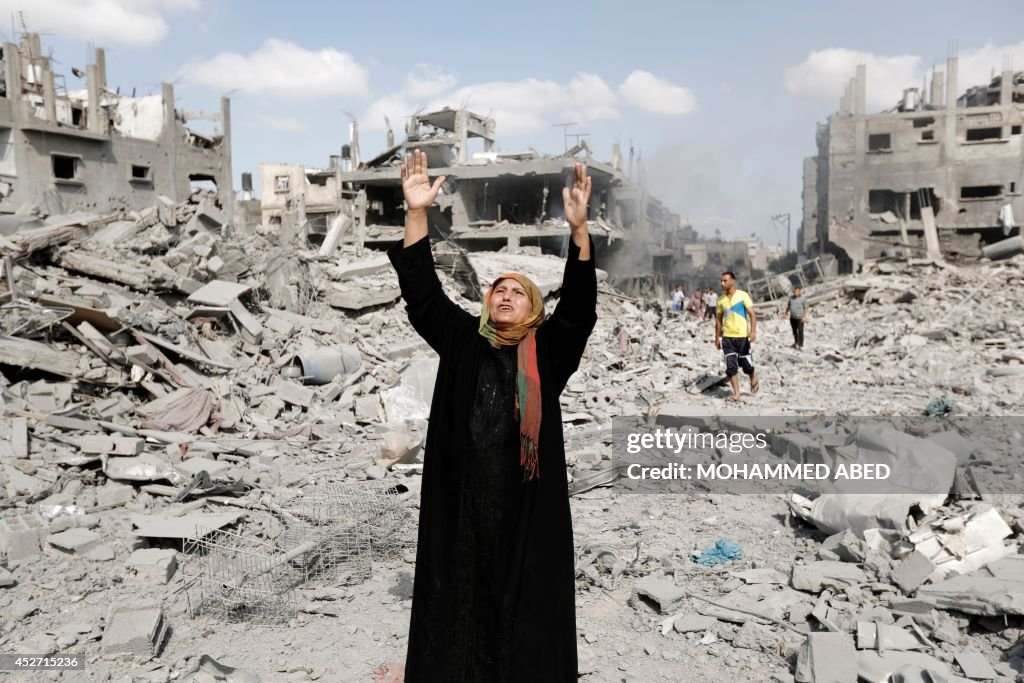Nestled within the heart of the Middle East, the Gaza Strip is an enigmatic region, renowned for its rich history and intense geopolitical significance. With a population exceeding 2 million, it stands as one of the world’s most densely inhabited areas. Recent events, particularly the Israeli-Hamas conflict, have propelled this slender territory into the international spotlight, sparking curiosity about the lives that unfold within its borders.
Understanding Gaza Strip’s Geography and Density
The Gaza Strip’s physical dimensions are compact but teeming with humanity. Stretching over 41 kilometers in length and a mere 10 kilometers in width, its total area encompasses approximately 365 square kilometers. However, what truly astonishes is its population density. With over 5,500 people residing in every square kilometer, Gaza’s inhabitants are tightly packed in contrast to Israel’s average of 400 people per square kilometer. Such a stark juxtaposition paints a vivid picture of the challenges and living conditions faced by those in Gaza. To put it into perspective, imagine trying to fit more than three times the population of Washington, D.C. into just over twice its land area.
Composition of Gaza’s Population
Delving into the complex demographics of Gaza, it becomes evident that the majority of its inhabitants are Palestinian. Over 2 million Palestinians call Gaza their home, comprising both indigenous residents and a substantial contingent of Palestinian refugees, numbering around 1.7 million. The region’s youthful character is further underscored by a median age of just 18 years, and a population growth rate of 2.05% highlights its ongoing expansion. A robust birth rate of 28.1 births per 1,000 population is met with a relatively lower death rate of 2.94 deaths per 1,000 population.
Historical Context
Historical events have left an indelible mark on Gaza’s demographics. Since 2007, Gaza has been subjected to an Israeli blockade encompassing land, air, and sea access. The legacy of the Six-Day War in 1967, when Israel captured the Gaza Strip, continues to shape its identity. Collectively, the Palestinian territories, including the West Bank, are home to over 5 million Palestinians, exemplifying the profound historical underpinnings of the region’s population.
Recent Events
The most recent upheaval in the form of the Israeli-Hamas conflict has thrust Gaza into international headlines. In a matter of days, rockets illuminated the skies, leading to widespread displacement and tragic casualties. The international response has been diverse, with a particular focus on the demographics of Gaza as many Palestinians seek refuge and safety. These events serve as a stark reminder of the geopolitical importance of this densely populated strip and its resilient residents.
Conclusion
To address the question of “how many people live in Gaza” is to merely scratch the surface of this complex narrative. The 2 million residents of the Gaza Strip are more than statistics; they are individuals with their own dreams, aspirations, and daily struggles, standing at the crossroads of history and geopolitics.
FAQs:
1. What is the size of the Gaza Strip?
- The Gaza Strip covers an area of approximately 365 square kilometers or 141 square miles.
2. What is the primary ethnicity of Gaza’s residents?
- The majority of Gaza’s population consists of Palestinians.
3. How has the recent Israeli-Hamas conflict affected Gaza’s population?
- The conflict has led to significant displacement and casualties, putting the spotlight on the challenges faced by the residents.
4. Why is Gaza’s population density significant?
- Gaza’s extreme population density is one of the highest in the world, reflecting the unique living conditions and challenges experienced by its inhabitants.
This comprehensive exploration of Gaza’s demographics aims to shed light on the lives and experiences of its inhabitants, transcending mere statistics to tell a profound human story within the heart of global affairs.

